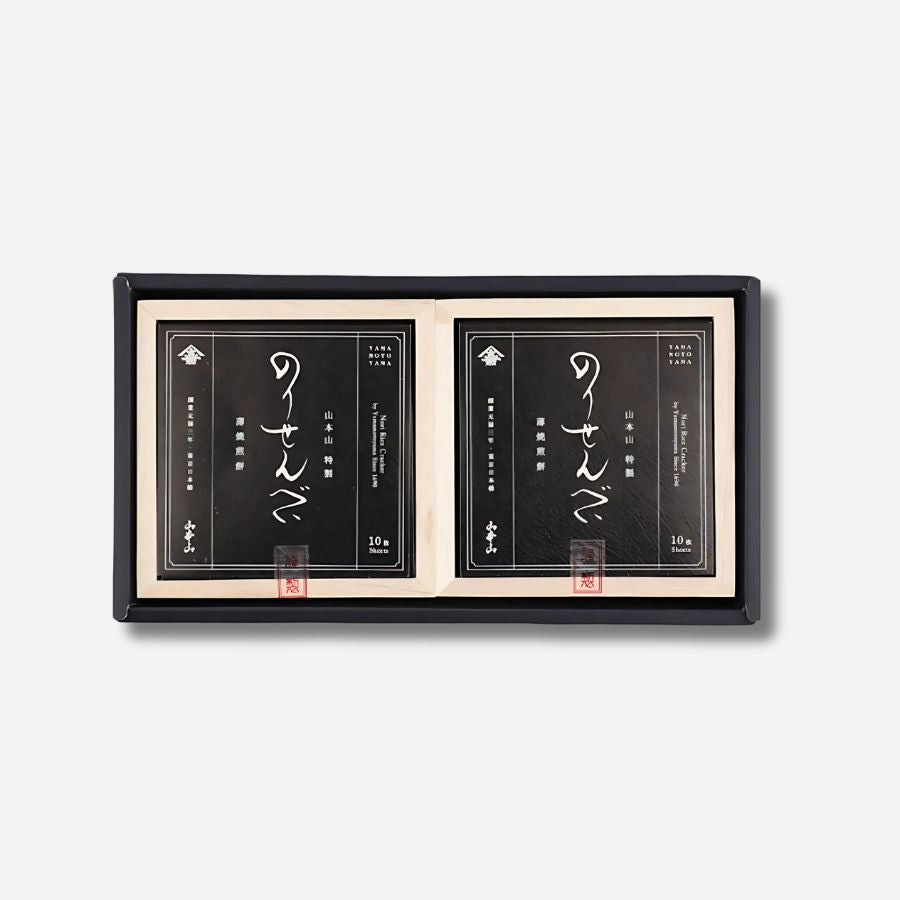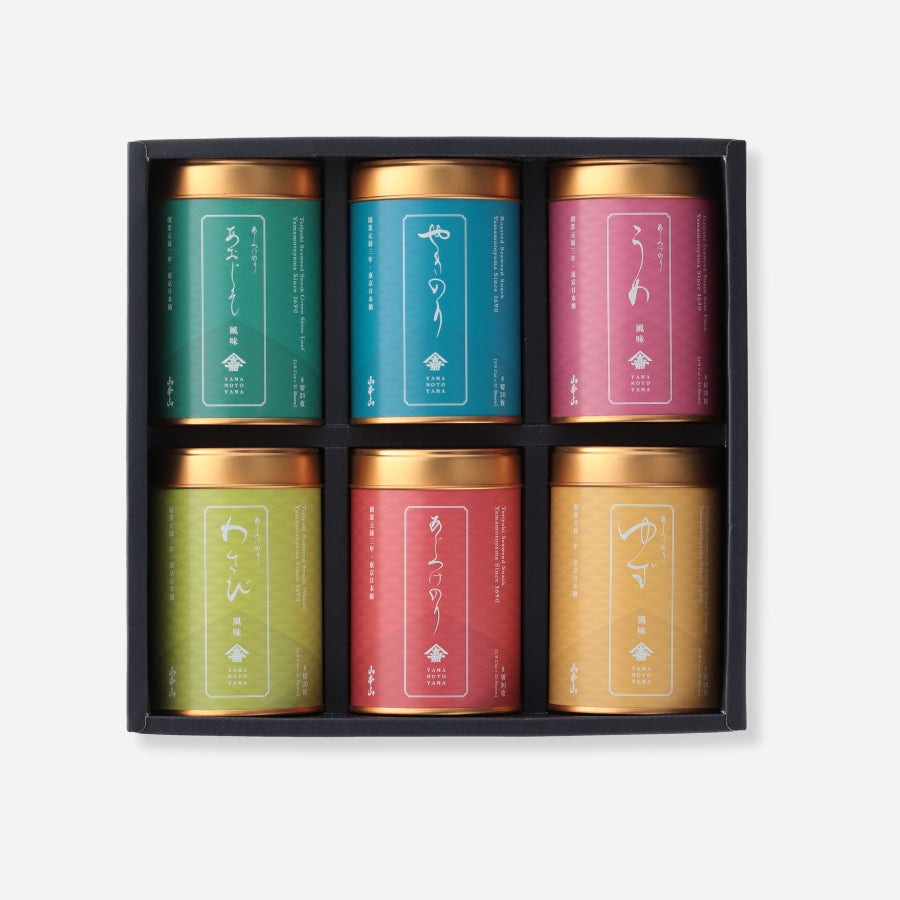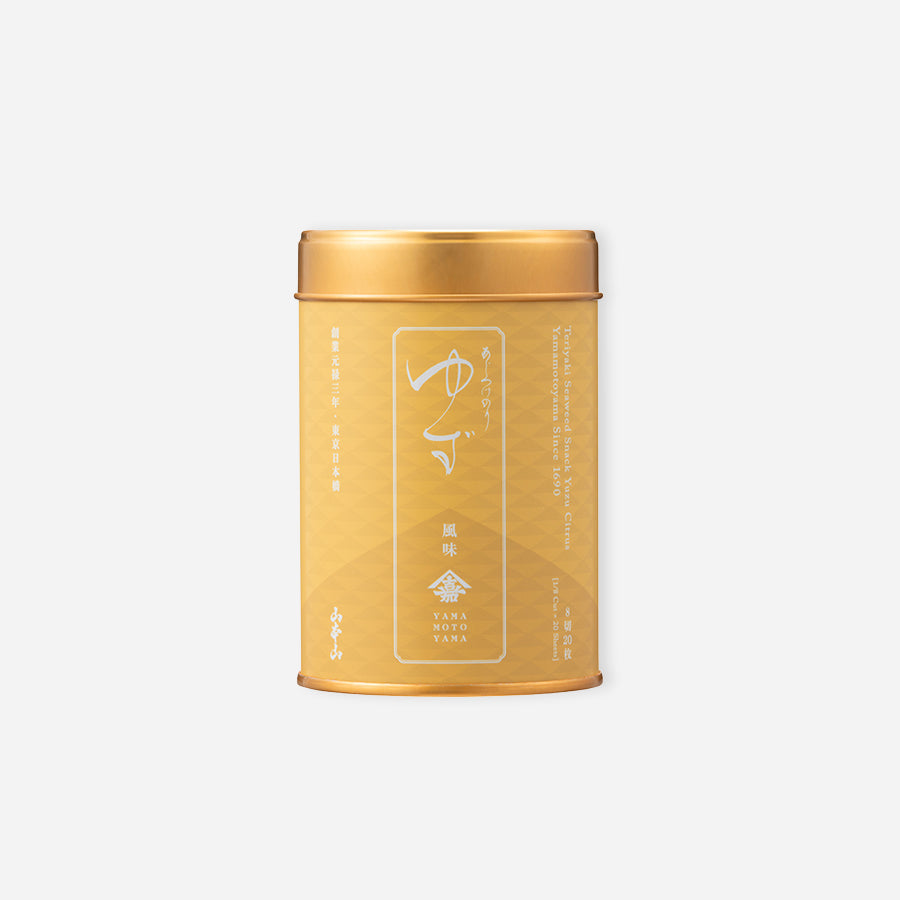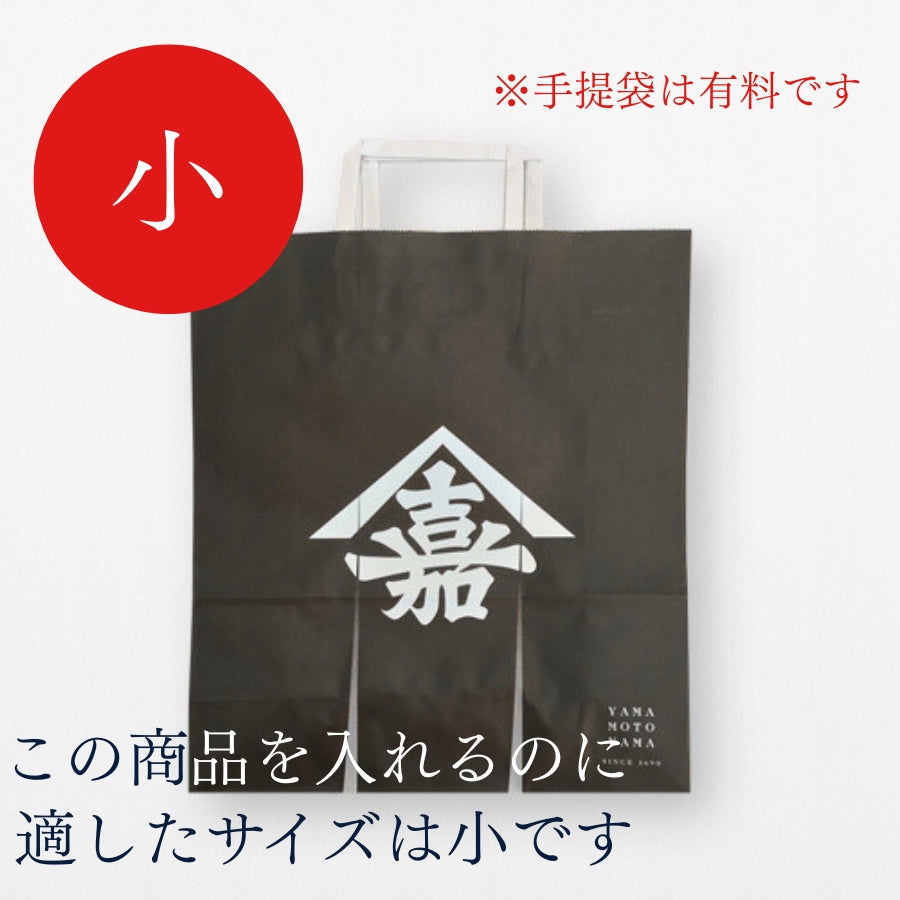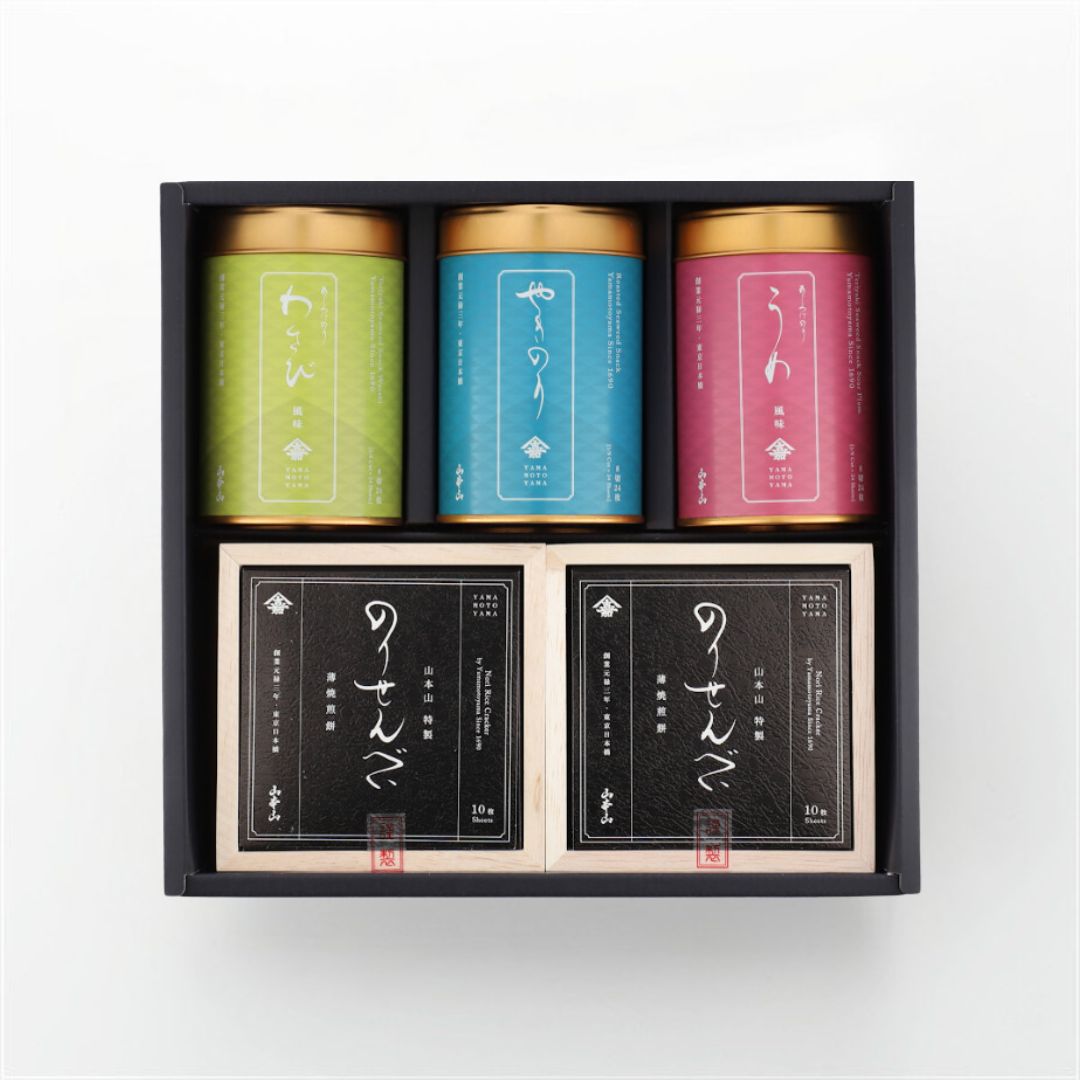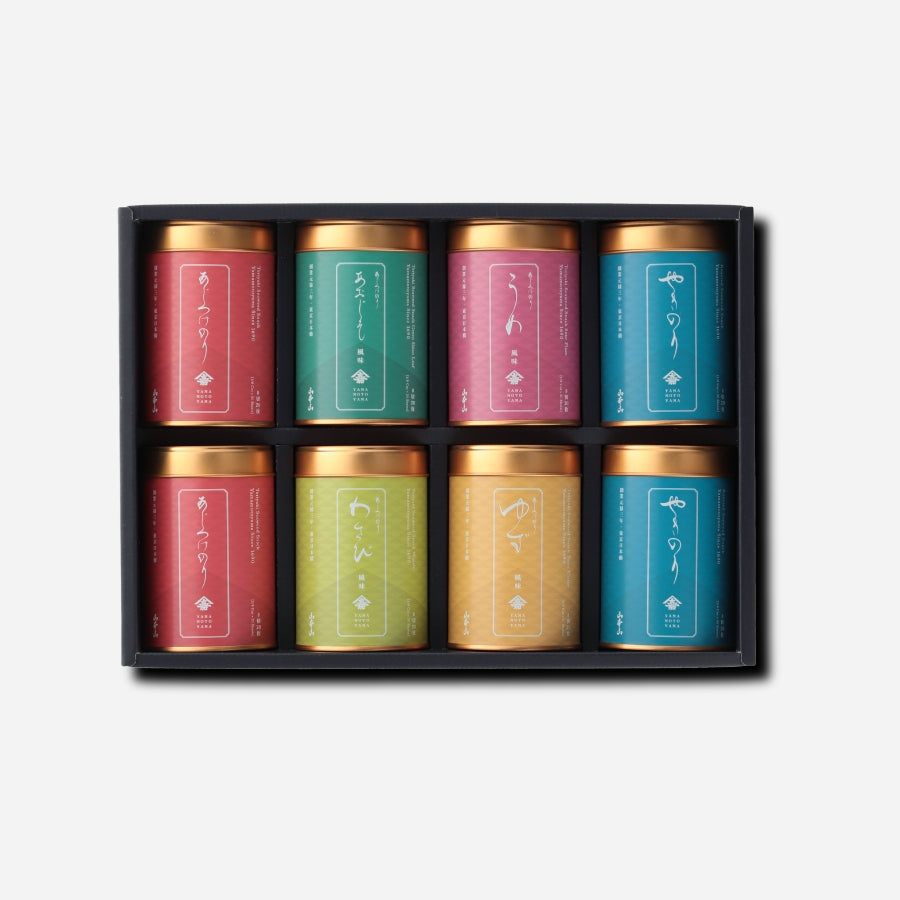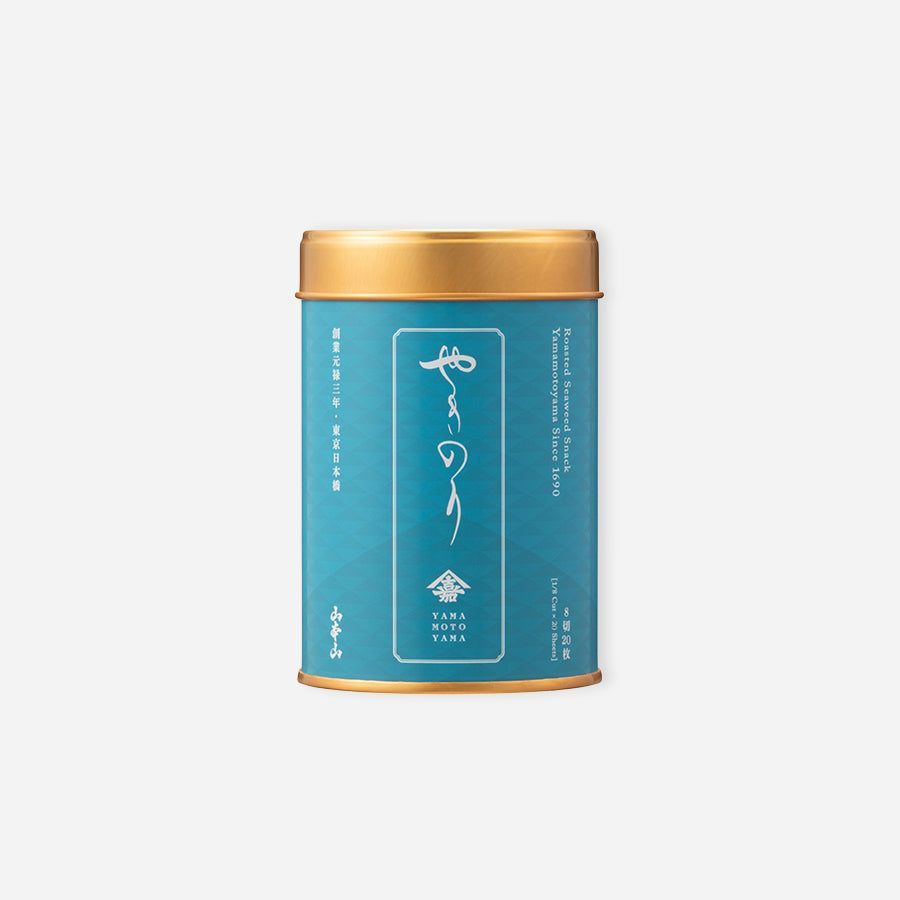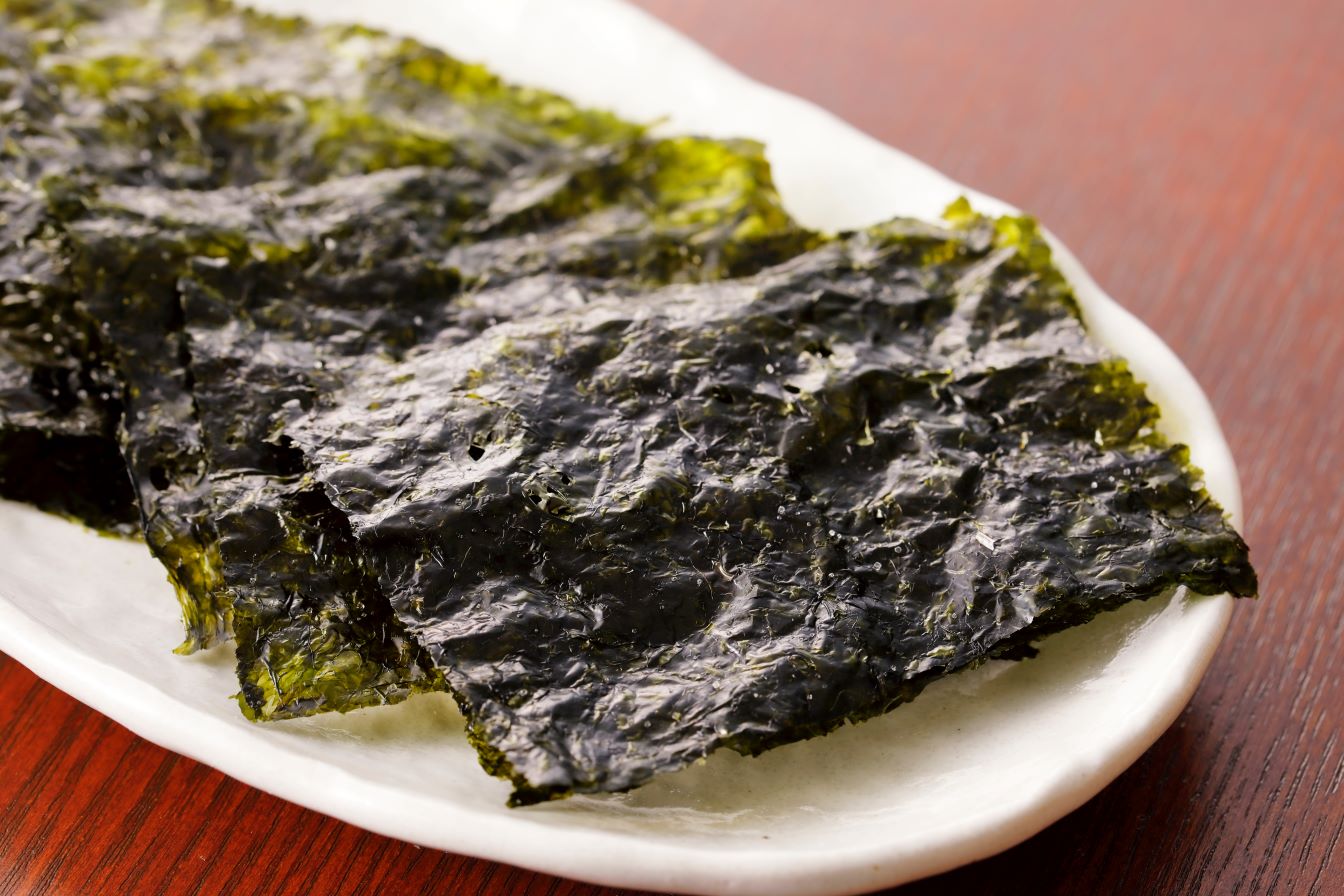
Basic knowledge of Mizuhiki and Noshi! Japanese culture and the feelings put into gifts
What is Mizuhiki?
Mizuhiki is a type of sash used to attach envelopes for gifts and other celebratory occasions such as weddings.
In addition to being proof that the gift is unopened and as a talisman, it also has the meaning of "tying a string to connect people together" because once tied, it cannot be undone. It has been used as a symbol of connecting the hearts of the giver and the recipient through gifts and deepening the relationship.

Mizuhiki is actually washi paper!
Currently, many companies, including ours, produce mizuhiki that is printed on wrapping paper, but originally, mizuhiki was made from washi paper.
Several sheets of strong, flexible washi paper are bundled together and twisted into a single piece, which is then soaked in water with dissolved glue, dried, and dyed to become the mizuhiki we see today.
Mizuhiki Color
The colors of Mizuhiki are different for happy and sad occasions. The use of different colors is said to have originated from the traditional Japanese dyeing grading system. The dyeing grading system is as follows:
Gold - Silver - Purple - Red - Indigo - Green - Yellow - Black
The left side is more formal and is associated with "celebration," while the right side is less formal and is associated with "disappointment."
Each color also has a meaning. For celebrations, red and white are used to symbolize auspicious occasions, gold to represent wealth and happiness, and silver to represent gratitude and sincerity.

On the other hand, in funerals, "black and white," "double silver," and "yellow and white" are used. Originally, the color that represented mourning in Japan was "white."
In fact, there is a passage in the Nihon Shoki that states that mourning clothes at the time were white. However, after the Meiji period, black became the color of mourning, and so black and white mizuhiki came to be used at funerals and Buddhist ceremonies. White represents purity as a pure color.
Also, while people in the Kanto region may not be familiar with it, "yellow white" is used in the Kansai region including Kyoto and parts of the Hokuriku region.
It is said that the reason why yellow and white are so common in the Kansai region is because it is a vestige of the customs of the noble community when Kyoto was the capital of Japan.

Number of Mizuhiki
There are rules about the number of mizuhiki, and odd numbers are the norm. Five strands are generally used, but three strands are sometimes used for simplicity, and seven strands are sometimes used for expensive gifts.
By the way, nine strands are not used because they are associated with "suffering." Also, for weddings, which are considered to be particularly auspicious occasions, ten strands (twice the five strands) are chosen.

What is Noshi?
In fact, there may not be many people who have a precise understanding of what a noshi is, but it generally refers to the decoration attached to gifts and presents given on celebratory occasions.
This "noshi" actually originally came from the abalone shellfish. It is said to have originated from "noshi awabi," which is made by thinly slicing abalone, drying it, and then stretching it.

The origin of Noshi
The origin of noshi comes from the custom of attaching fish to gifts during religious ceremonies and celebrations.
As Buddhism became more widespread, fishy foods were eliminated from funerals. Dried abalone, which can be preserved for a long time, came to be used instead of fish, which spoils quickly.
As the legend goes, the First Emperor of Qin and Yang Guifei loved to eat abalone, so abalone is a symbol of good luck and has been loved since ancient times as a miracle elixir for eternal youth and longevity. In Japan, it is said that many military commanders, including Oda Nobunaga, always ate abalone before going into battle.

How to use Noshi
As such, abalone originally had auspicious meanings, but the act of "stretching" when making noshi abalone, combined with the meaning of wishing for the longevity of loved ones and the joy of happy occasions to continue into the future, led to the use of noshi as a symbol of celebrations even today on gifts, wedding favors, and congratulatory presents.
Therefore, noshi are not used on condolence envelopes, and even for celebratory gifts, they are not used if the item is seafood, poultry, eggs, etc.
Noshi are primarily used for celebrations and other such occasions. Originally, the custom involved attaching fresh food called noshi abalone to the gift, but in modern times this has been simplified and paper wrapping is used, or wrapping paper printed with mizuhiki is used as noshi paper.

summary
What did you think? This time, we introduced the customs of gift-giving that continue into the present day, and the thoughts that are put into Mizuhiki and Noshi.
Gift-giving is a Japanese culture that is gradually fading among young people.
There are so many manners and customs, and the stiffness of them may be one of the reasons for this current situation, but whether it's noshi or mizuhiki, there are many meanings that have been cultivated over a long history. And I think it's very interesting to learn things that you don't know.






